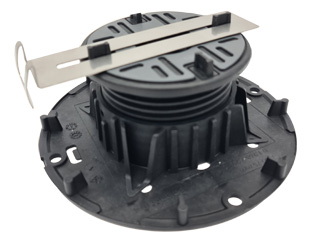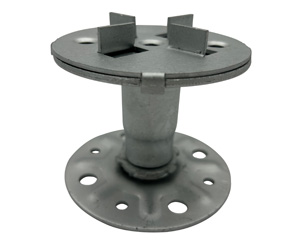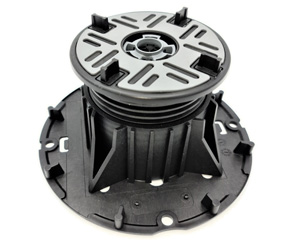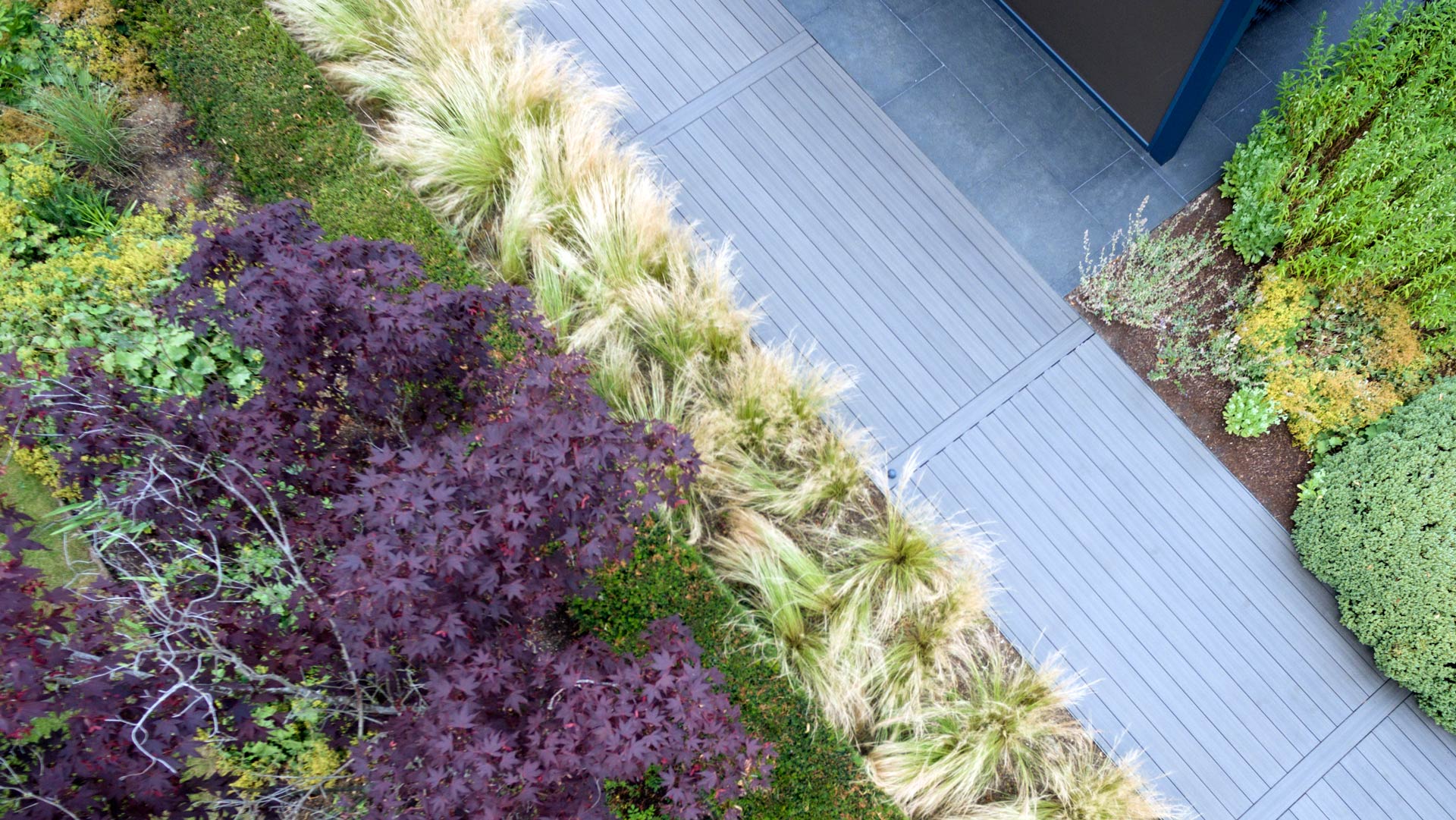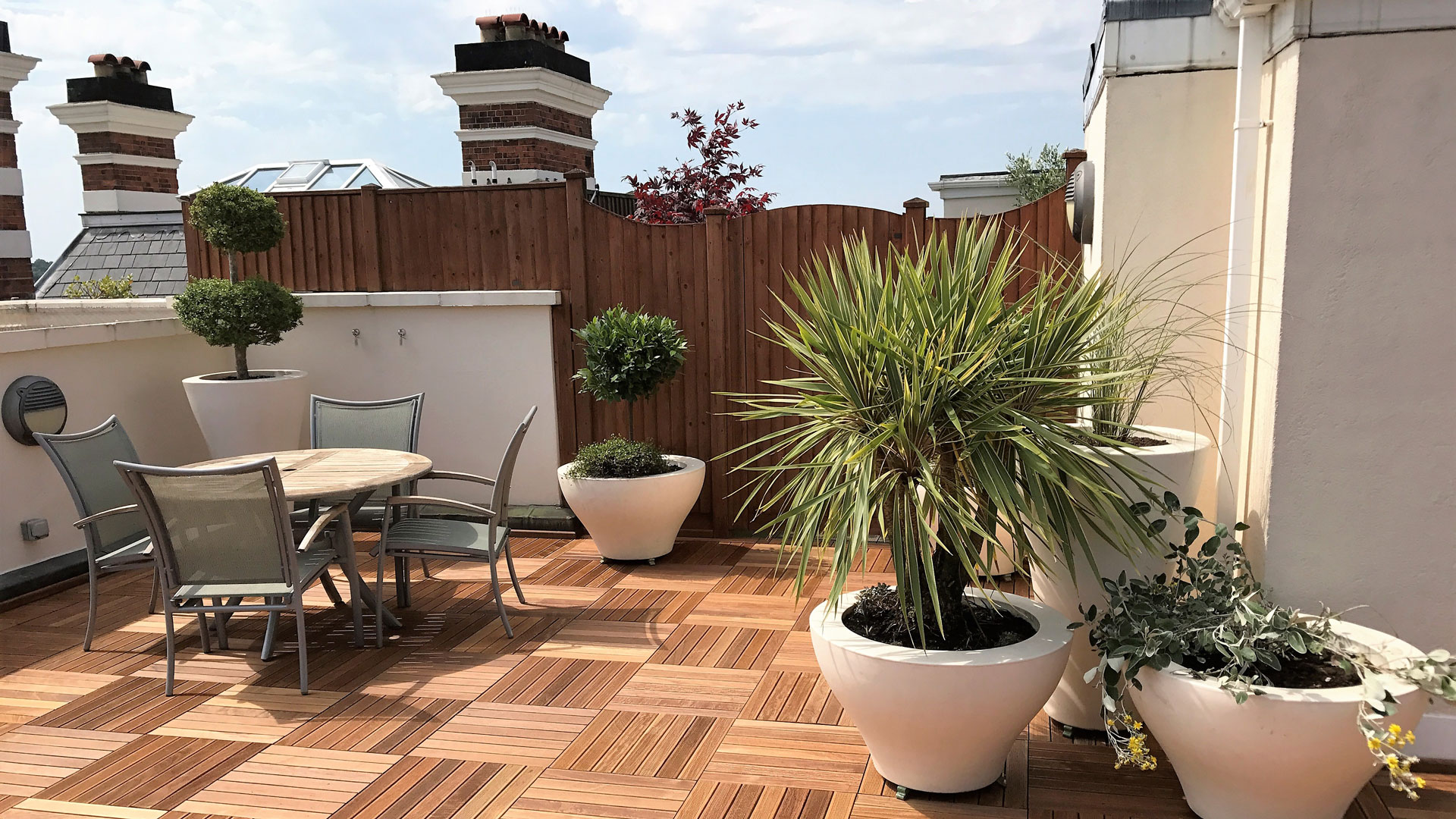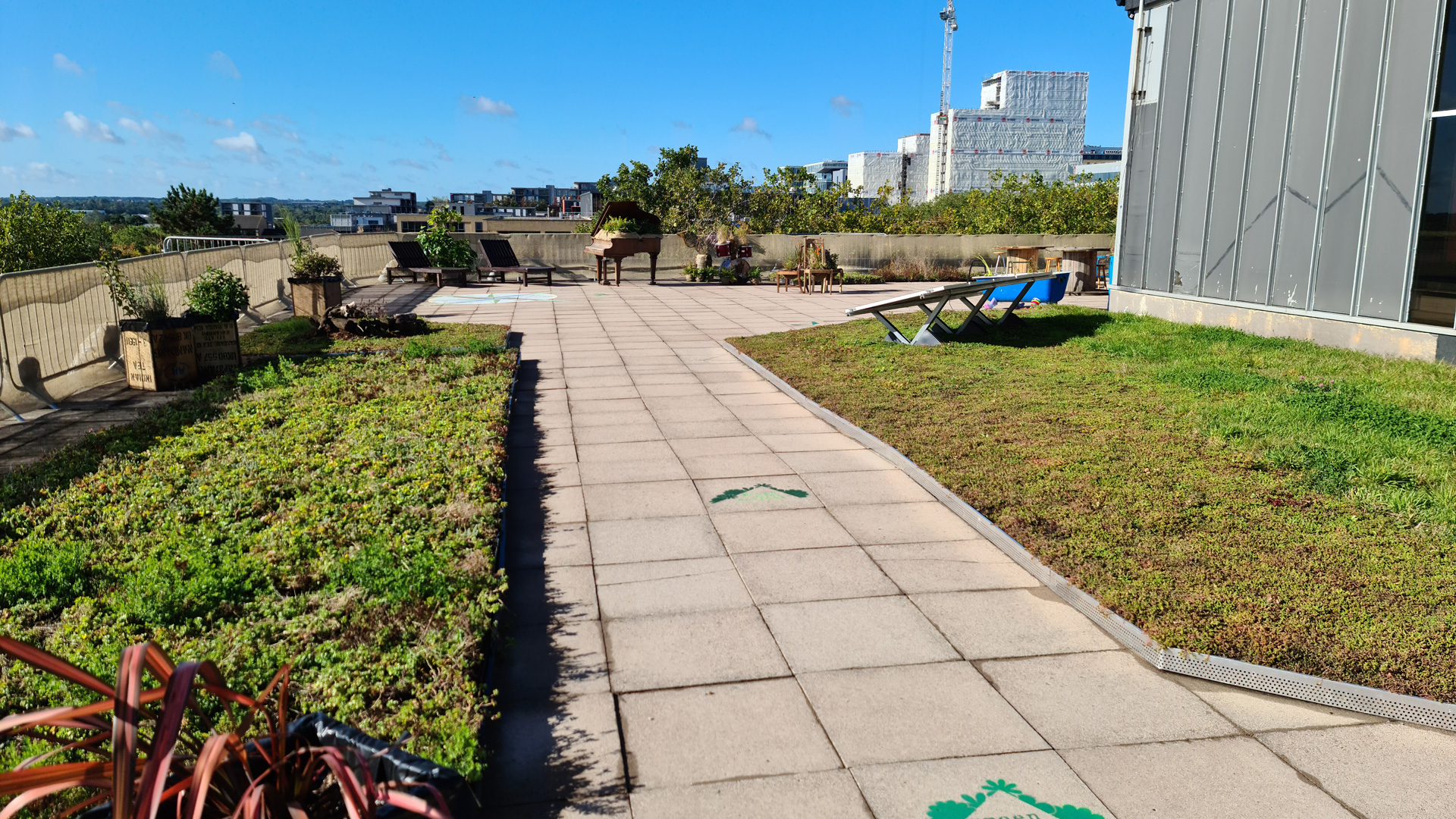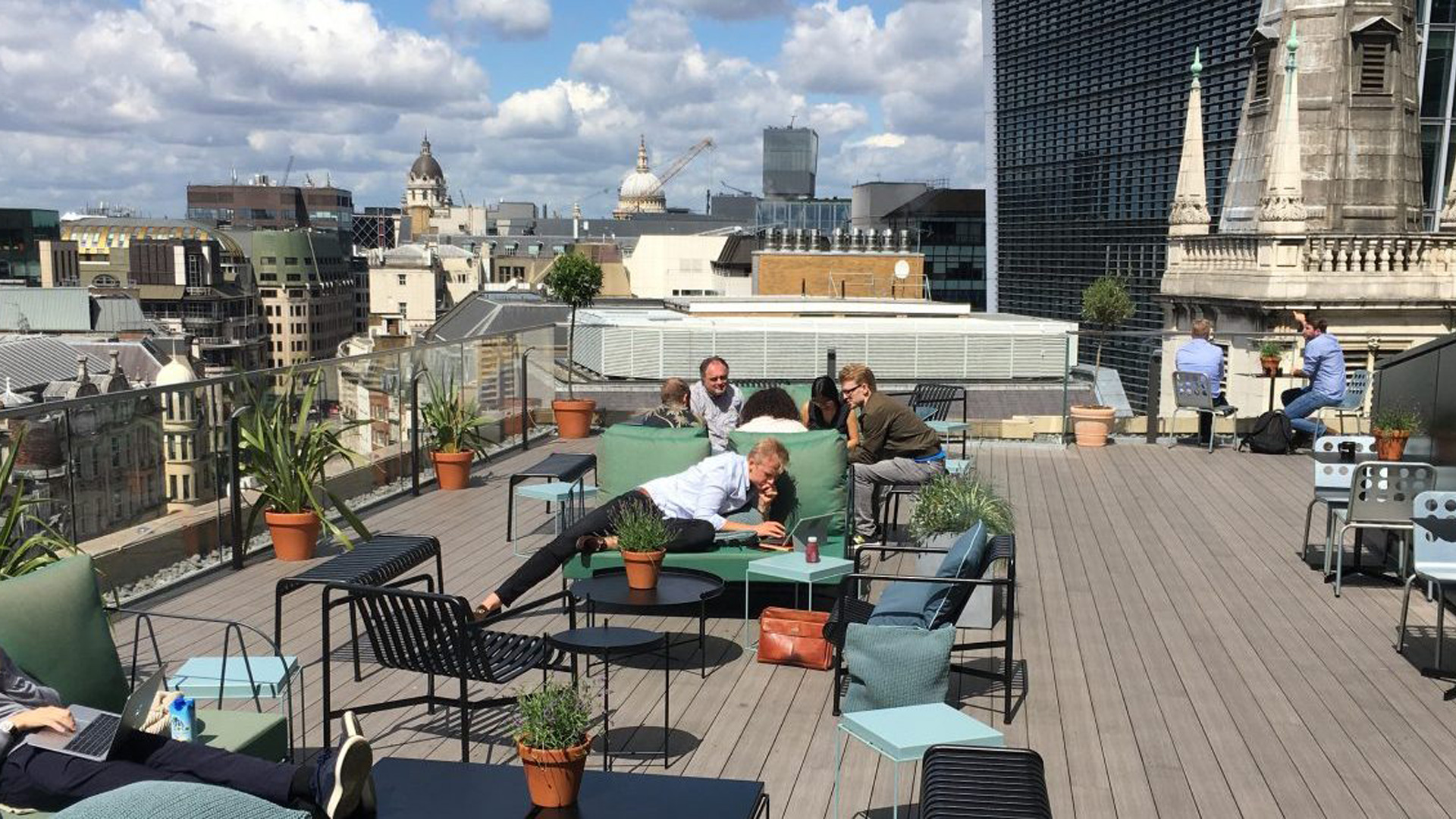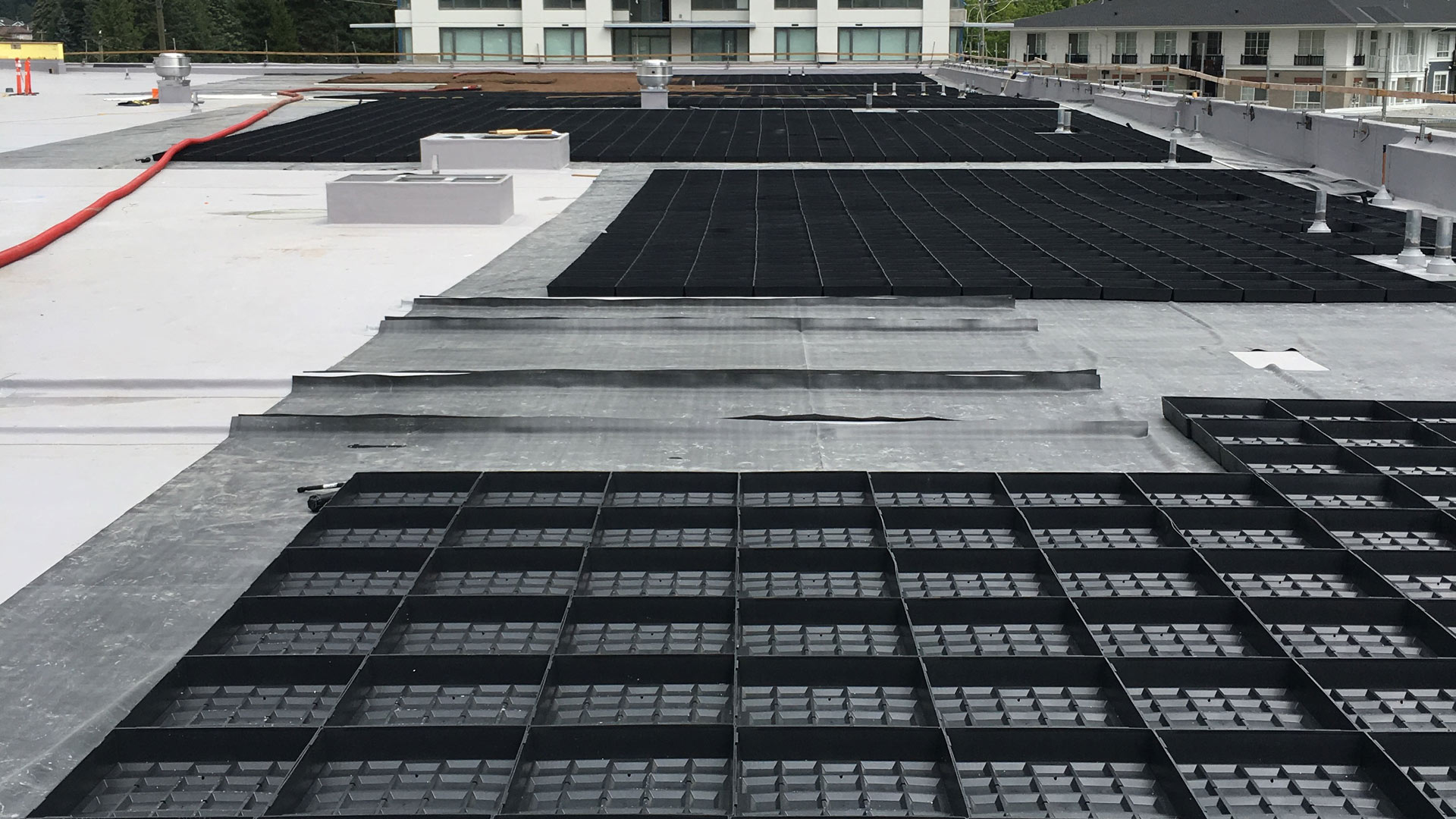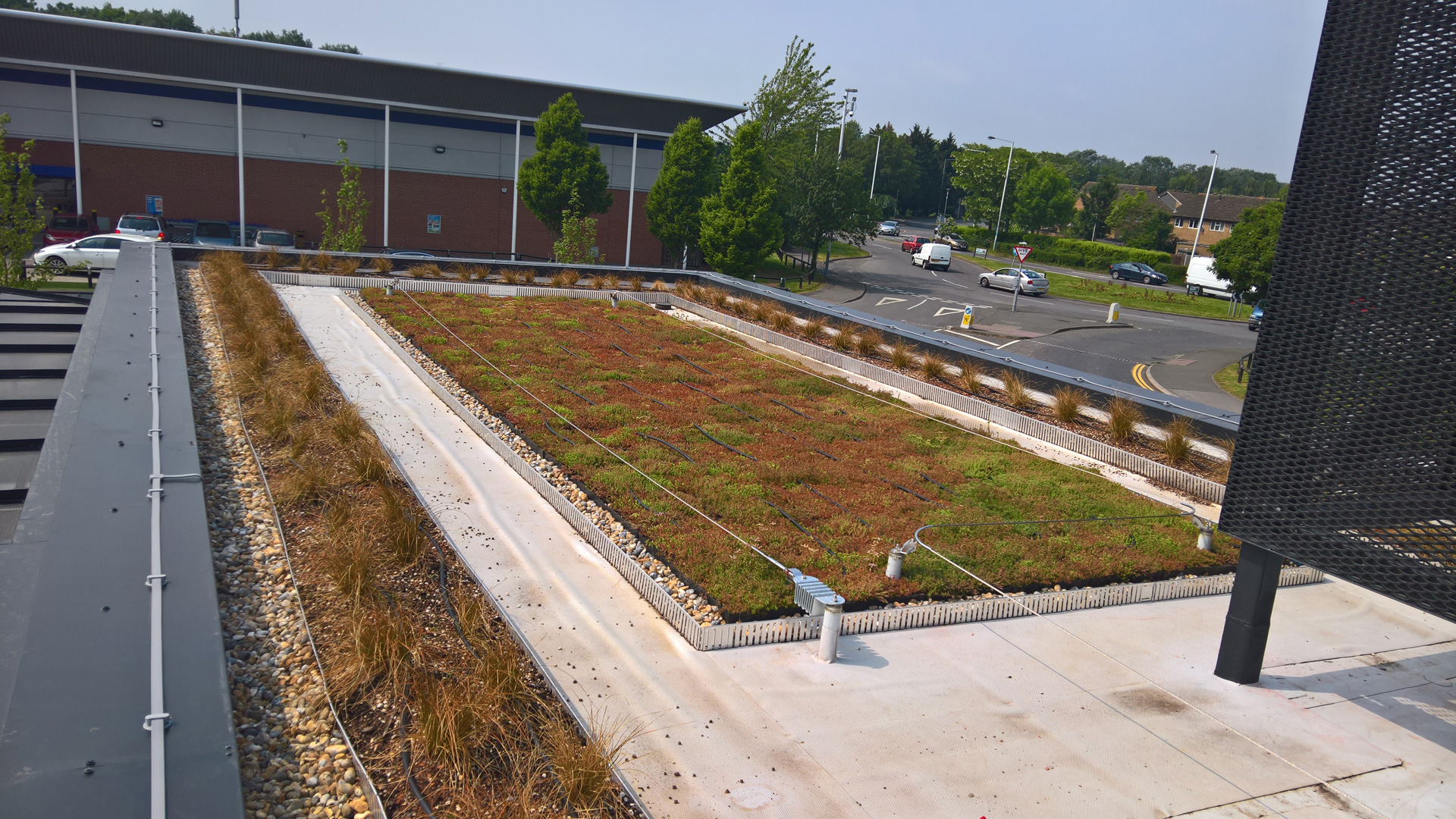A carbon neutral building is achieved when the amount of CO2 emissions is balanced by climate-positive initiatives so that the net carbon footprint over time is zero. Considering their unmatched ability to absorb CO2, planting trees is often viewed as the best carbon offsetting solution. But as cities become denser and the amount of available horizontal space for green areas drastically reduces, architects have been forced to explore other approaches. Therefore, to address these climatic challenges and connect people to nature, exterior green walls have become a rising trend in increasingly vertical cities. Even if there is research to claim that these can positively impact the environment, many question if they can actually contribute to a carbon neutral architecture. Although the answer may be quite complex, there seems to be a consensus: green walls can be effective, but only through good design.
Surprisingly, green walls are a relatively new concept; in fact, the idea was first popularized by French botanist Patrick Blanc in the 1980’s. Hence, this might explain why the design community still hasn’t reached a consensus on their environmental role. Nonetheless, to get a deeper insight on the current debate, below we explore their potential benefits, challenges and critiques from a sustainability standpoint – as well as design decisions that could contribute to more climate-friendly solutions.
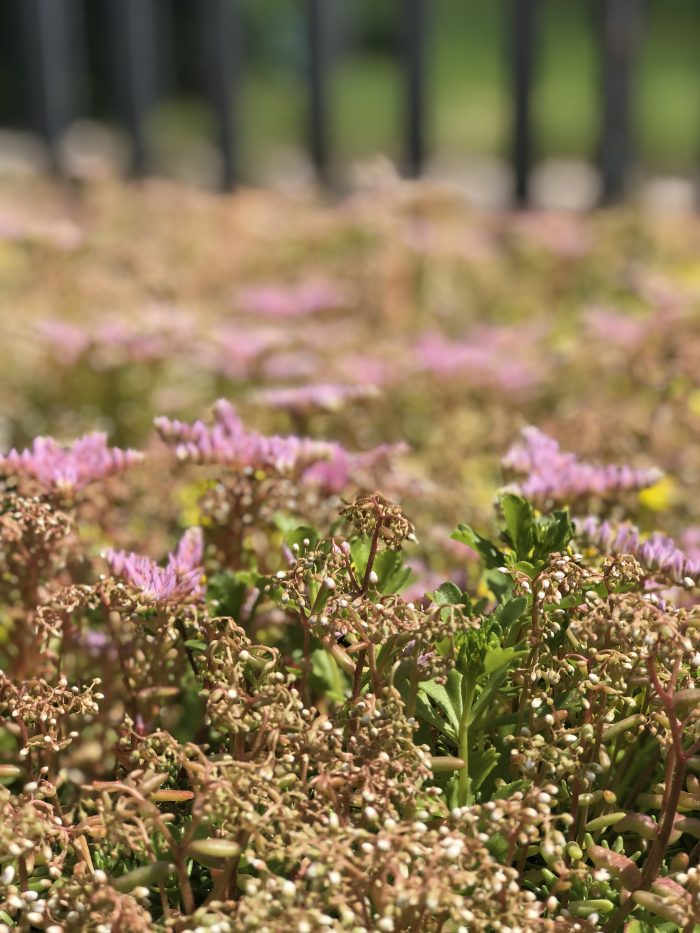
What is a green wall?
A green wall is a vertical structure covered with vegetation. Essentially, a living cladding system. Instead of being adorned with climbing plants rooted from the ground like in traditional green facades, these provide a vertical growing surface in the form of modular panels, tray systems or freestanding walls. The greenery is planted in a growing medium, such as packed soil, fiber mats or other substrates, and features an integrated irrigation system.
Environmental advantages associated to exterior green walls
Of course, an evident benefit of these eye-catching pieces is their biophilic effects and the visual aesthetic value they add to cities, making them greener and nicer places to live in. However, green walls are also linked to sustainability benefits. By using vertical areas that are abundant in cities, they are viewed as a way of maximizing CO2-absorbing greenery without sacrificing valuable ground space. While a tree absorbs around 5.5 kg of CO2 a year, it is claimed that 1 m2 of green wall can absorb up to 2 kg, also improving air quality by eliminating harmful toxins.
Please visit the Arch Daily website for the full article by clicking here.


